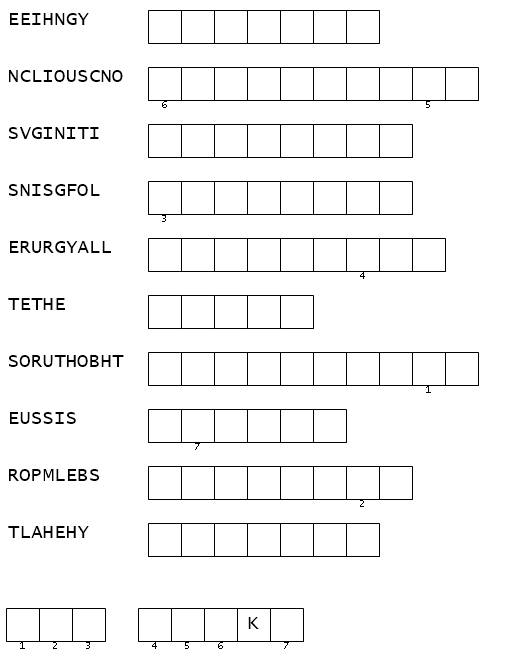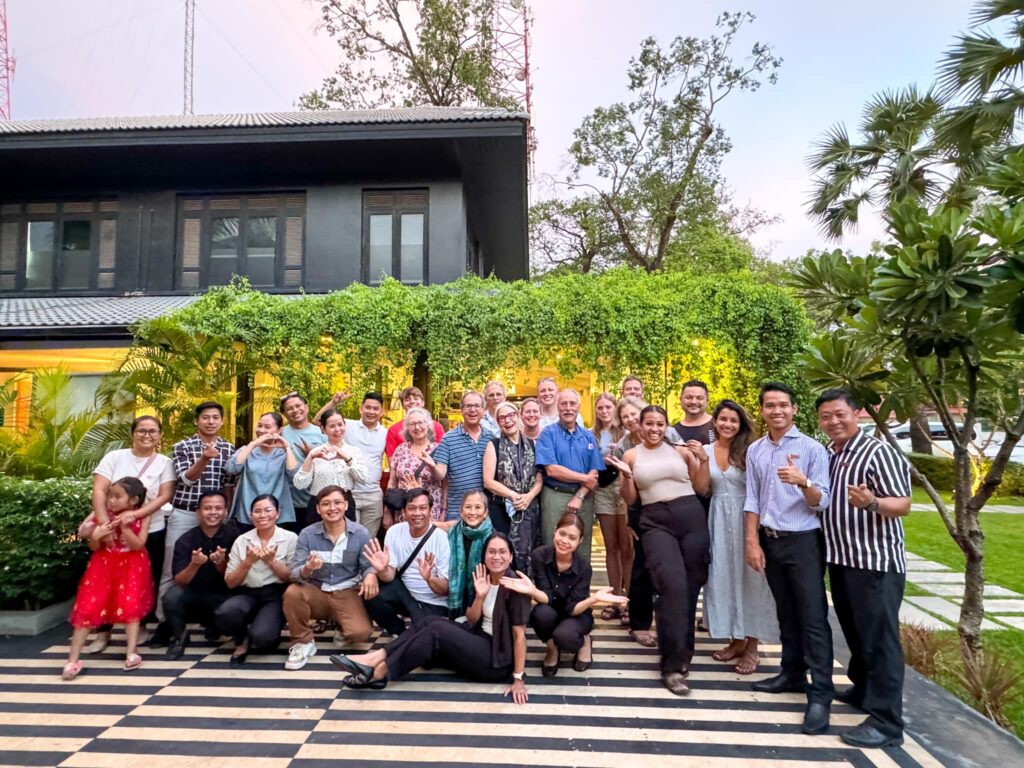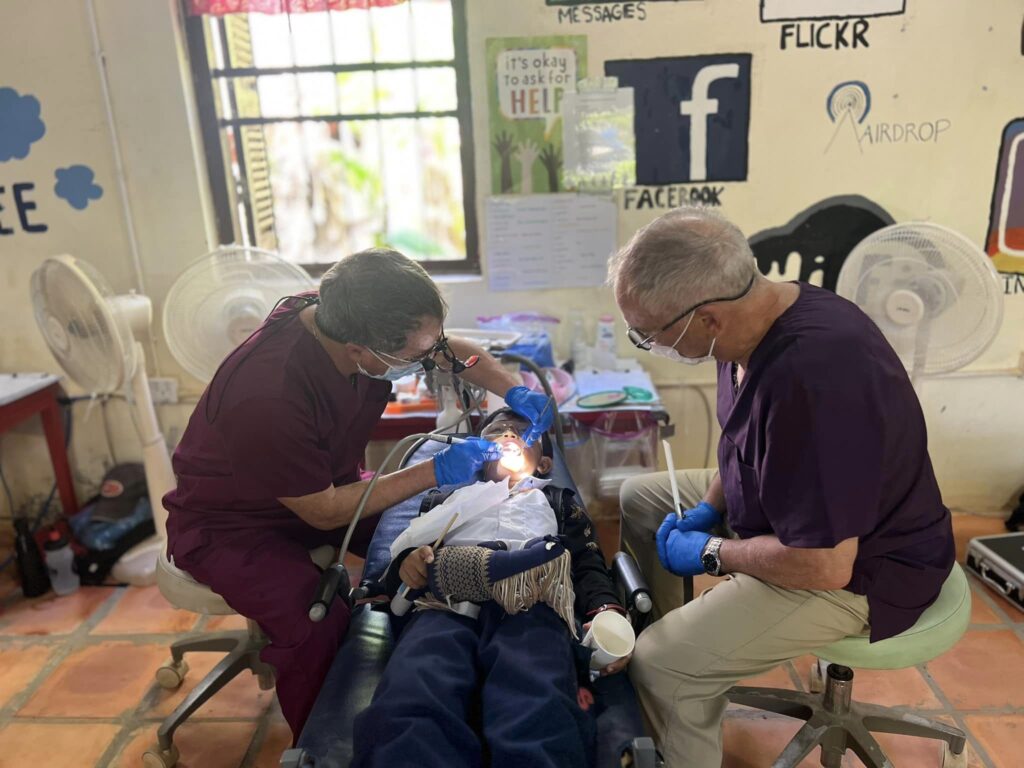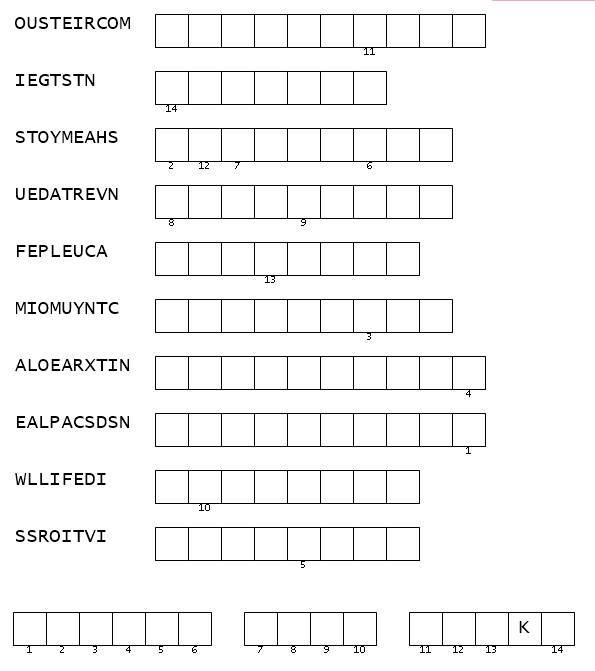text and exercises
**Why Dental Hygiene is Important**
Dental hygiene means keeping our teeth and mouth clean. It is very important for everyone, especially kids. Here are some _________________ why we should take care of our teeth.
First, brushing our teeth twice a day helps ______________ food and germs. This stops cavities, which are tiny holes in our teeth that can hurt a lot.
Second, flossing every day helps clean between our teeth where the toothbrush can’t reach. This keeps our gums healthy and strong.
Third, good dental hygiene makes our ____________ smell fresh. No one likes bad breath!
Fourth, when we take care of our teeth, we have a nice smile. Clean teeth look great and make us feel happy and ________________.
Lastly, visiting the dentist twice a year helps _________________ any problems early. The dentist can clean our teeth really well and check for any issues.
In conclusion, good dental hygiene is very important for a healthy mouth and a happy smile. So, let’s brush, floss, and visit the ______________ regularly!
FILL IN THESE WORDS:
breath – dentist – reasons – catch – remove – confident
################################
Here are 8 words from the text with simple explanations:
1. **Dental**: Related to teeth.
2. **Hygiene**: Keeping things clean to stay healthy.
3. **Cavities**: Tiny holes in teeth that can hurt.
4. **Germs**: Tiny living things that can make us sick.
5. **Flossing**: Using a thin string to clean between teeth.
6. **Gums**: The soft pink tissue around our teeth.
7. **Breath**: The air we breathe out from our mouth.
8. **Dentist**: A doctor who takes care of our teeth.
################################
Here are 8 multiple choice questions based on the text:
1. **What does dental hygiene mean?**
– A) Keeping our teeth and mouth clean
– B) Eating sweet foods
– C) Sleeping a lot
2. **How many times a day should we brush our teeth?**
– A) Once a day
– B) Twice a day
– C) Three times a day
3. **What can flossing help with?**
– A) Cleaning our hair
– B) Cleaning between our teeth
– C) Cleaning our ears
4. **Why is it important to have good dental hygiene?**
– A) To make our feet strong
– B) To make our teeth and mouth healthy
– C) To make our hands clean
5. **What are cavities?**
– A) Tiny holes in teeth that can hurt
– B) Big holes in the ground
– C) Soft parts of the gums
6. **How often should we visit the dentist?**
– A) Every day
– B) Once a year
– C) Twice a year
7. **What does good dental hygiene help with?**
– A) Making our breath smell fresh
– B) Making our hair grow faster
– C) Making us run faster
8. **What does the dentist do?**
– A) Cooks food
– B) Takes care of our teeth
– C) Teaches math
####################
FIND THE PROPER WORDS IN THE TEXT




